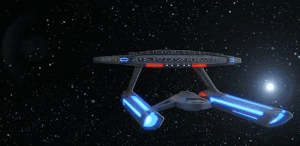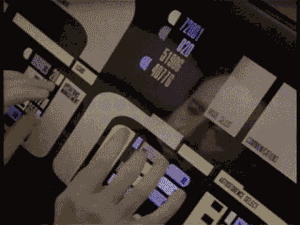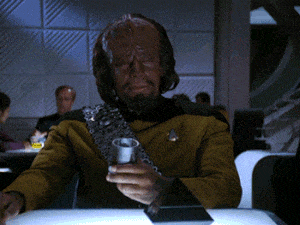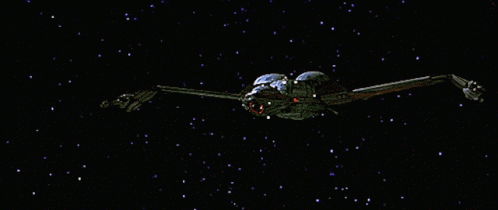ADS-B is fantastic bit of technology that has big safety and efficiency benefits for air traffic. The trouble is, there is also a growing level of insecurity about security surrounding it, because it doesn’t just allow ATC to know precisely where you are at all times – anyone who wants to can find that info too.
Are you ADS-Being watched?
We said all this about it before.
If you can’t be bothered to read it, then it basically says this:
- Big benefit because it gives ‘radar like coverage’ in remote regions like the North Atlantic.
- Big problem because it reduces privacy, and this could lead to security issues.
Whilst airlines don’t mind/aren’t really bothered about this as much (you can kinda tell where they are heading to and from, and get other info on the airplanes, with relative ease), the business aviation and private aviation world are more concerned.

The OPSGROUP ‘All Call’.
Here’s the frustration: The FAA runs a program called LADD which offers “hiding” of our ID on tracking sites (like FlightRadar24). The theory is good, but we’re now at a point here LADD simply highlights your aircraft on tracking sites that don’t play by those rules (like ADS-B exchange).
Here’s a video. One click shows everyone airborne that has requested privacy!
And then there is the issue of everywhere not the US because the FAA PIA system only works in US airspace. Cross the invisible boundary and you’re visible again. This includes offshore routes to the Caribbean or across the Gulf of Mexico.
Changing the PIA back to the ICAO one is a bit of a mission, and if you aren’t using it, then you’re not going to be able to log on to Domestic Enroute CPDLC, ARINC and SITA stations won’t recognise you. You’ll have to switch to a new flight plan provider to get the required call sign. In other words, it is not practical for a lot of operators.

We wanted to get an idea of how bothered folks are, and to share some of the info, so we sent out an ‘All Call’ to our members. The response was big. The concern and frustration is big.
So what has been happening?
ICAO held their 41st assembly earlier in 2022, and Saudi Arabia submitted a technical paper asking ICAO to fix the problem. Read it here.
The key points from the paper:
- ADS-B Tracking of flights creates safety, security and privacy concerns.
- There are some ways to hide your ID, but they don’t really work.
- ICAO, please fix this.

So, maybe ICAO will take a look at it, but there isn’t an easy fix. It’s an inherent system problem that needs the system to change (maybe encryption, maybe dynamic hex codes, maybe something else…)
The NBAA are on it.
A panel to discuss the growing issue was held at NBAA-BACE on Oct 19, 2022. There is a great article on it which you can read here.
Here’s what we picked out of it:
- Pre-ADS-B systems worked on interrogation – so you knew who was asking for the info.
- The issue got bigger with ADS-B Out.
- ADS-B isn’t going away because it is useful.
So they laid out a 4 step plan:
- Aircraft registration should be held by a trust or LLC so there is a layer of separation between the principle owner and the name on the certificate of registration (because that’s on the public record and anyone can view it).
- Folk should make sure their aircraft is participating in the LADD program (it does still do something). Find that here.
- Use a third-party call sign. You can get this from a bunch of vendors like Foreflight and FltPlan.com.
- The most important one: Take steps to change your 24-bit code associated with your registration. You can do this through the PIA system. Basically, the FAA assigns you an alternate 24-bit code to fool the sneaky flight trackers into seeing a different registration number.

The FAA are on it.
They have a whole site dedicated to ADS-B privacy which you can find here.
The info is pretty much everything we’ve said above, but they have some handy links and things too.
Is it enough though?
We aren’t sure it is.
It is an ongoing thing, which lots of people are looking into. In the meantime, we do have these questions, and your answers to them might help:
- How have you solved this problem?
- Have you worked out some black magic that hides your ID?
- Have you found something that other operators can use?
- Since LADD appears almost pointless, does PIA work for you?
- Have you experienced any security or privacy issues because of public tracking?
- Any suggestions or thoughts to share?
Drop us an email at news@ops.group if you have any answers/idea/suggestions/tips/questions/queries or other…
More on the topic:
- More: US FAA: Swift Move to Improve Flight Tracking Privacy
- More: Canada Mandates ADS-B in Class A Airspace
- More: ADS-B Mandates in 2023
- More: Are you ADS-Being watched?
- More: Canada: To ADS-B or not to ADS-B, that is (no longer) the question
More reading:
- Latest: Teterboro: RIP the RUUDY SIX
- Latest: 400% increase in GPS Spoofing; Workgroup established
- Latest: GPS Spoofing WorkGroup 2024
- Safe Airspace: Risk Database
- Weekly Ops Bulletin: Subscribe
- Membership plans: Why join OPSGROUP?











 Get the famous weekly
Get the famous weekly 






There is an inherent contradiction in the ideas of broadcast and privacy. This contradiction can be solved by a different architecture than current ADS-B. One model would be aircraft interrogate each other individually and ATC interrogates all aircraft. This would imply that each interrogator authenticates itself and the data handed over can be tailored to the information needs of the receiver. If there is an individual data link between converging aircraft, they can adapt interrogation intervals to smaller-than-standard-intervals. That improves safety.
there is finally a means to track flights in a reliable way by using ADS-B and the flights that do not want to be followed are of criminal or military origin and I donot see the issue of privacy being problematic.
when there is something to hide one can switch of ADS-B but that endangers your and the flights around you.
Let’s see. Someone gets an automatic text message when your airborne. Could they burglarize your house? Rape and murder your family? Pretty sure military and criminals aren’t the only ones who benefit from privacy.